Pahlavi dynasty
The Pahlavi dynasty (Persian: دودمان پهلوی), officially the Imperial State of Iran,was the reigning constitutional monarchy of Iran from 1925 until 1979, when the monarchy was overthrown and abolished as a result of the Iranian Revolution. The Imperial State was founded by Reza Shah Pahlavi in 1925, whose reign lasted until 1941 when he was forced to abdication by the Allies after the Anglo-Soviet invasion. He was succeeded by his son, Mohammad Reza Shah Pahlavi, the last Shah of Iran.
The Pahlavis came to power after Ahmad Shah Qajar, the last ruler of the Qajar dynasty, proved unable to stop British and Soviet encroachment on Iranian sovereignty, and was consequently overthrown in a military coup, abdicated and ultimately exiled to France. The National Assembly, known as the Majlis, convening as a constituent assembly on 12 December 1925, deposed the young Ahmad Shah Qajar, and declared Reza Shah the new monarch of the Imperial State of Persia. In 1935, Reza Shah.
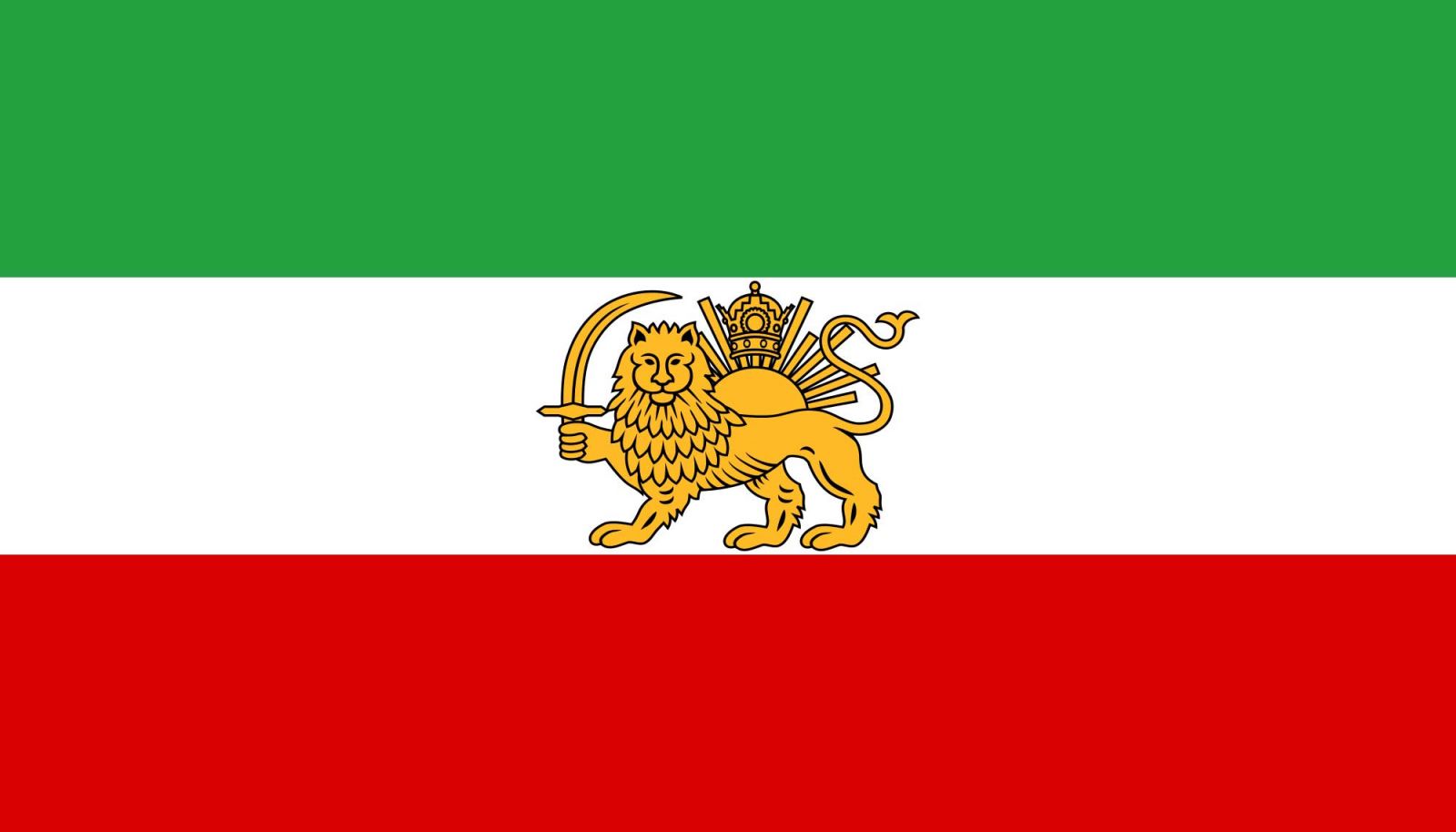
instructed foreign embassies to call Persia by its ancient name, Iran.Faced with growing public discontent and popular rebellion throughout 1978, Mohammad Reza Shah Pahlavi went into exile with his family in January 1979, sparking a series of events that quickly led to the dissolution of the Imperial State on 11 February 1979, officially ending the 2500-year old tradition of monarchy in Iran.
Establishment
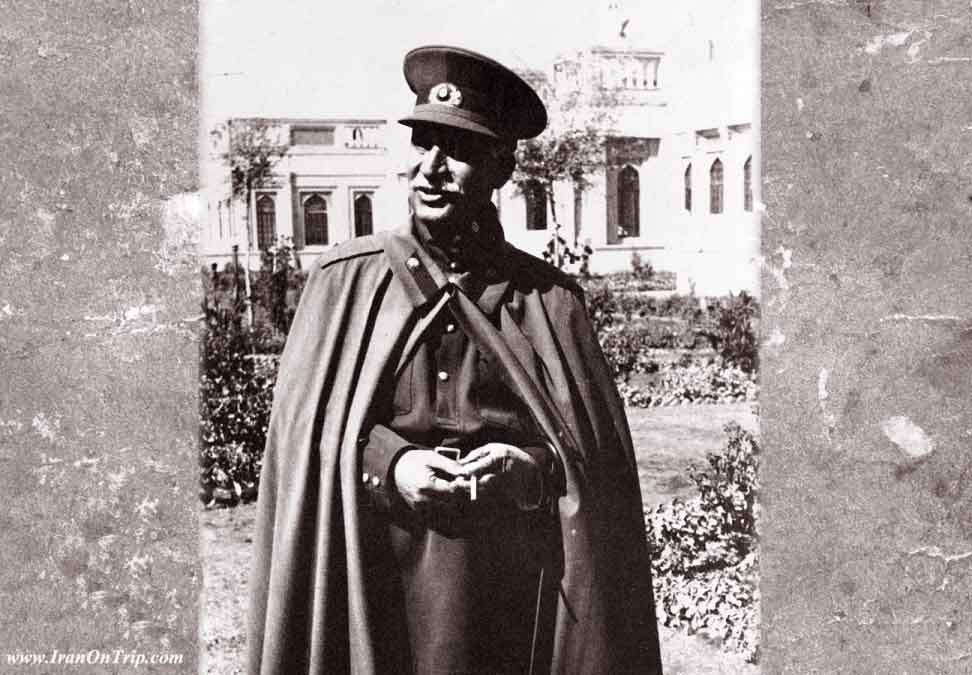
In 1921, Reza Khan, an officer in Iran's Persian Cossack Brigade, used his troops to support a successful coup against the government of the Qajar dynasty. Within four years he had established himself as the most powerful person in the country by suppressing rebellions, establishing order, and driving out British and Soviet occupations. In 1925, a specially convened assembly deposed Ahmad Shah Qajar, the last ruler of the Qajar dynasty, and named Reza Khan, who earlier had adopted the surname Pahlavi, as the new shah.Reza Shah had ambitious plans for modernizing Iran. These plans included developing large-scale industries, implementing major infrastructure projects, building a cross-country railway system, establishing a national public education system, reforming the judiciary, and improving health care. He believed a strong, centralized government managed by educated personnel could carry out his plans.He sent hundreds of Iranians, including his son, to Europe for training. During 16 years from 1925 to 1941, Reza Shah's numerous development projects transformed Iran into an urbanized country. Public education progressed rapidly, and new social classes developed. A professional middle class and an industrial working class had emerged.By the mid-1930s, Reza Shah's strong secular rule caused dissatisfaction among some groups, particularly the clergy, who opposed his reforms. In 1935 Reza Pahlavi issued a decree asking foreign delegates to use the term Iran in formal correspondence, in accordance with the fact that "Persia" was a term used by Western peoples for the country called "Iran" in Persian. After some scholars protested, his successor, Mohammad Reza Pahlavi, announced in 1959 that both Persia and Iran were acceptable and could be used interchangeably.
Reza Shah tried to avoid involvement with Britain and the Soviet Union. Though many of his development projects required foreign technical expertise, he avoided awarding contracts to British and Soviet companies. Although Britain, through its ownership of the Anglo-Iranian Oil Company, controlled all of Iran's oil resources, Reza Shah preferred to obtain technical assistance from Germany, France, Italy, and other European countries. This created problems for Iran after 1939, when Germany and Britain became enemies in World War II. Reza Shah proclaimed Iran as a neutral country, but Britain insisted that German engineers and technicians in Iran were spies with missions to sabotage British oil facilities in southwestern Iran. Britain demanded that Iran expel all German citizens, but Reza Shah refused, claiming this would adversely impact his development projects.
World War II
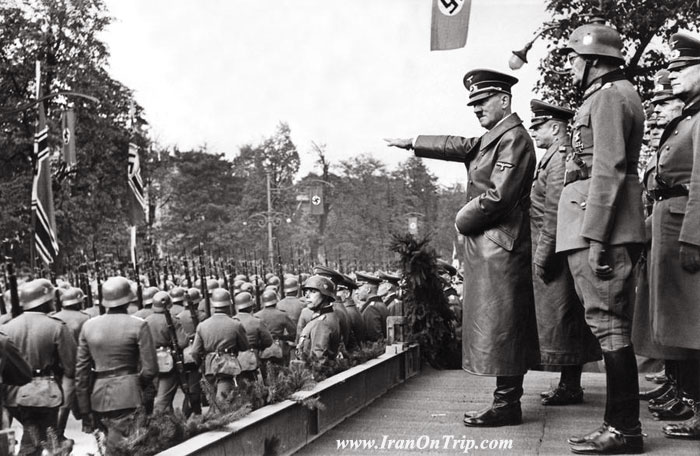
Following Germany's invasion of the Soviet Union in June 1941, Britain and the Soviet Union became allies. Britain and the USSR saw the newly opened Trans-Iranian Railway as an attractive route to transport supplies from the Persian Gulf to the Soviet Union. In August 1941, because Reza Shah refused to expel the German nationals, Britain and the Soviet Union invaded Iran, arrested the Shah and sent him into exile, taking control of Iran's communications and railroad. In 1942, the United States, an ally of Britain and the USSR during the war, sent a military force to Iran to help maintain and operate sections of the railroad. Over the next few months, the three nations took control of Iran's oil resources and secured a supply corridor for themselves. Reza Shah's regime collapsed, and the American, British and Soviet authorities limited the powers of the rump government that remained. They permitted Reza Shah's son, Mohammad Reza Pahlavi to accede to the throne.
In January 1942, they signed an agreement with Iran to respect Iran's independence and to withdraw their troops within six months of the war's end. In 1943 at the Tehran Conference, the United States reaffirmed this commitment, and on 13 September, the Allies reassured the Iranians that all foreign troops would leave by 2 March 1946. In 1945, the USSR refused to announce a timetable to leave Iran's northwestern provinces of East Azerbaijan and West Azerbaijan, where Soviet-supported autonomy movements had developed. At the time, the Tudeh Party of Iran, a communist party that was already influential and had parliamentary representation, was becoming increasingly militant, especially in the North. This promoted actions from the side of the government, including attempts of the Iranian armed forces to restore order in the Northern provinces. While the Tudeh headquarters in Tehran were occupied and the Isfahan branch crushed, the Soviet troops present in the Northern parts of the country prevented the Iranian forces from entering. Thus, by November 1945 Azerbaijan had become an autonomous state helped by the Tudeh party. This puppet government of the Soviet Union only lasted until November 1946.The USSR withdrew its troops in May 1946, but tensions continued for several months. This episode was one of the precipitating events of the emerging Cold War, the postwar rivalry between the United States and its allies, and the USSR and its allies.
Iran's political system became increasingly open and more political parties were formed . In 1944, the election for the Majlis was the first genuinely competitive election in more than twenty years. Foreign influence remained a very sensitive issue for all parties. The Anglo-Iranian Oil Company (AIOC), which was owned by the British government, continued to produce and market Iranian oil. At the beginning of the 1930s, some Iranians began to advocate nationalization of the country's oil fields. After 1946, this became an increasingly popular political movement.
Cold War
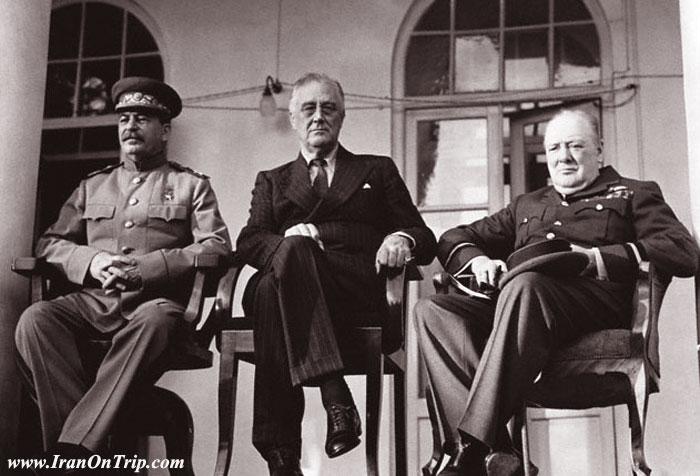
Mohammad Reza Pahlavi replaced his father on the throne on 16 September 1941. He wanted to continue the reform policies of his father, but a contest for control of the government soon erupted between him and an older professional politician, the nationalistic Mohammad Mosaddegh.Despite his vow to act as a constitutional monarch who would defer to the power of the parliamentary government,
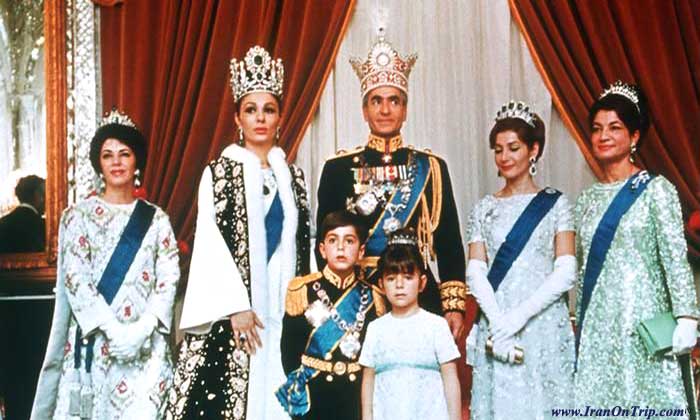
Mohammad Reza Pahlavi increasingly involved himself in governmental affairs. He concentrated on reviving the army and ensuring that it would remain under royal control as the monarchy's main power base. In 1949 an assassination attempt on the Shah, attributed to the pro-Soviet Tudeh Party, resulted in the banning of that party and the expansion of the Shah's constitutional powers.In 1951, the Majlis (the Parliament of Iran) named Mohammad Mossadegh as new prime minister by a vote of 79–12, who shortly after nationalized the British-owned oil industry (see Abadan Crisis). Mossadegh was opposed by the Shah who feared a resulting oil embargo imposed by the West would leave Iran in economic ruin. The Shah fled Iran but returned when the United Kingdom and United States staged a coup against Mossadegh in August 1953 (see Operation Ajax). Mossadegh was then arrested by pro-Shah army forces.In the context of regional turmoil and the Cold War, the Shah established himself as an indispensable ally of the West. Domestically, he advocated reform policies, culminating in the 1963 program known as the White Revolution, which included land reform, extension of voting rights to women, and the elimination of illiteracy. Major plans to build Iran's infrastructure were undertaken, a new middle class began flourishing and in less than two decades Iran became the indisputable major economic and military power of the Middle East.However, these measures and the increasing arbitrariness of Mohammad Reza's rule provoked religious leaders who feared losing their traditional authority, and intellectuals seeking democratic reforms. These opponents criticized the Shah for his reforms or for violation of the constitution, which placed limits on royal power and provided for a representative government.Mohammad Reza saw himself as heir to the kings of ancient Iran, and in 1971 he held a celebration of 2,500 years of the Persian monarchy. In 1976, he replaced the calendar (year 1355) with an "Imperial" calendar (year 2535) which began with the foundation of the Persian Empire over twenty-five centuries earlier. These actions were viewed as un-Islamic and resulted in more religious opposition by the clergy.
Collapse of the dynasty
.jpg)
The Shah's government suppressed its opponents with the help of Iran's security and intelligence secret police, SAVAK. Such opponents included members of the Communist Tudeh party.By the mid-1970s, relying on increased oil revenues, the Shah began a series of even more ambitious and bolder plans for the progress of his country and the march toward the "White Revolution". But his socioeconomic advances increasingly irritated the clergy. Islamic leaders, particularly the exiled cleric Ayatollah Ruhollah Khomeini, were able to focus this discontent with an ideology tied to Islamic principles that called for the overthrow of the Shah and the return to Islamic traditions, called the Islamic revolution. The Shah's government collapsed following widespread uprisings in 1978 and 1979. The Islamic Revolution dissolved the SAVAK and replaced it with the SAVAMA. It was run after the revolution, according to U.S. sources and Iranian exile sources in the US and in Paris, by Gen. Hossein Fardoust, who was deputy chief of SAVAK under the former Shah, Mohammad Reza Pahlavi, and a friend from boyhood of the deposed monarch.
The Shah fled the country, seeking medical treatment in Egypt, Mexico, the United States, and Panama, and finally resettled with his family in Egypt as a guest of Anwar Sadat. Upon his death his son Crown Prince Reza Pahlavi succeeded him in absentia as heir apparent to the Pahlavi dynasty. Pahlavi and his wife live in the United States in Potomac, Maryland with three daughters.
Legacy
Under the Qajar dynasty the Persian character of Iran was not very explicit. Although the country was referred to as Persia by westerners, the dominant language in court and administration was Farsi, yet the dichotomy between pure Persian and Turkic elements had remained obvious until 1925. The Pahlavi rule was instrumental in Iran's nationalisation in line with Persian culture and language which, amongst other ways, was achieved through the official ban on the use of the Azerbaijani Turkish language. Its use in schools and newspapers was not tolerated. The succeeding regime – the Islamic Republic of Iran – has adopted a more inclusive approach in relation to the use of Azerbaijani language, however the issues as to Iran's largest ethnic minority remain and pose considerable challenges for the unity and territorial integrity of Iran.
.....
.....
.....

.jpg)



























